Sake is deeply connected to Japanese culture and many of Japan’s traditions and customs. From ancient times Sake has been offered to the Gods calling it the “Drink of the Gods”. It has deep ties to religion, ceremonies, traditions, and everyday social interaction.
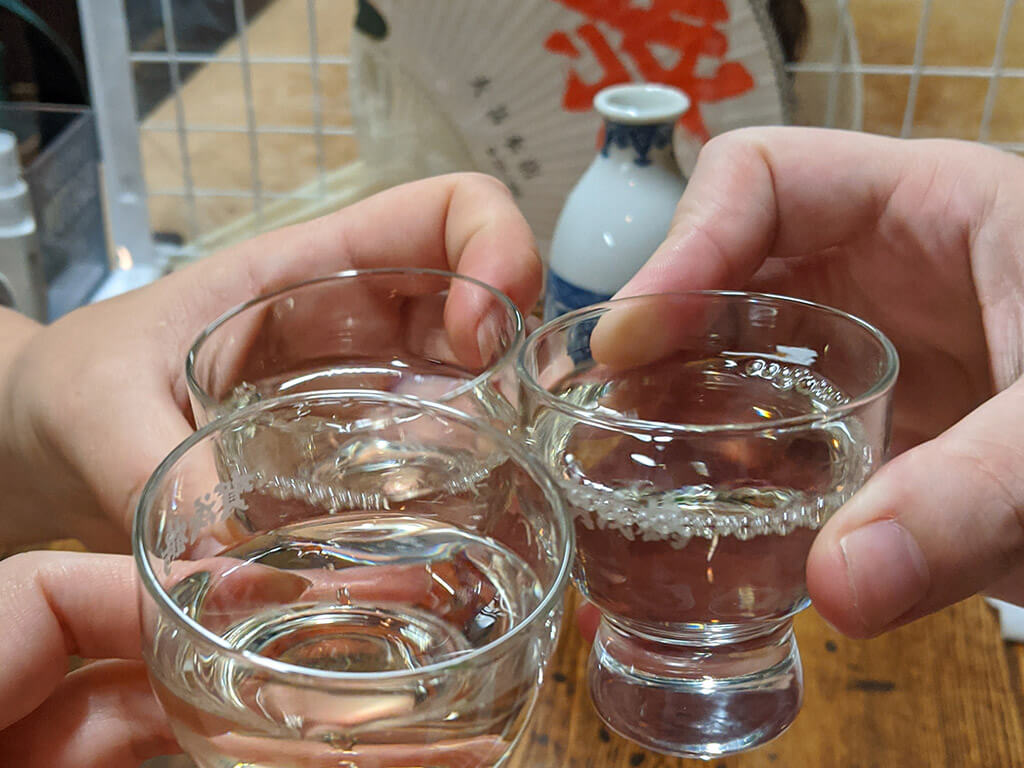
On the surface, Sake may seem simple, restrained, or perhaps even plain, but digging a little deeper you will discover a vast and colorful world of styles and tastes.
Sake is made from simple ingredients: rice, water, yeast, and Koji (a type of mold). Sake is produced by brewing, in a similar way as beer, but with a few unique processes that give it its distinct character.
Sake making requires scrupulous care, a long time, laborious work, profound knowledge, and the very high skills of Sake brewers. This reflects one of the most characteristic aspects of the Japanese hard-working culture.
Article Contents
Aichi’s Sake Is Deeply Rooted In Japanese History
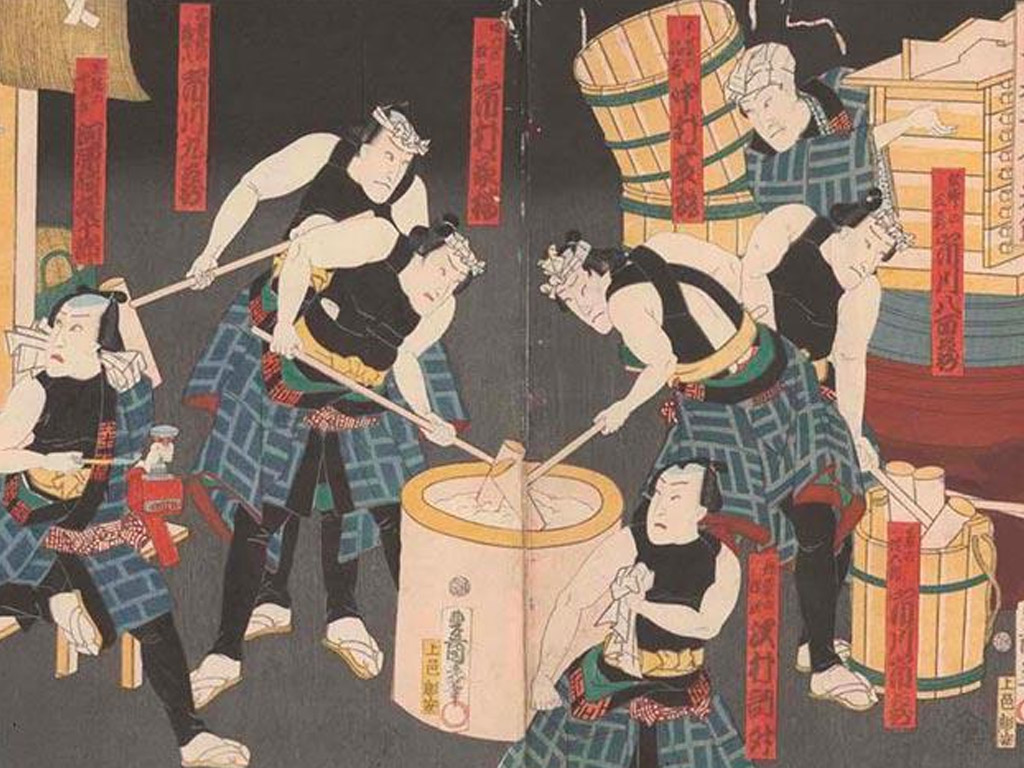
The origin of Sake in Japan is not clear, but it is said that Sake brewing began not much differently from the time when rice culture began.
Nara is believed to be the birthplace of Japanese Sake. Originally known as Yamato, Nara was Japan’s first capital and, as a capital, Nara hosted numerous large temples where Sake was made back in those days.
In Aichi, Sake brewing has a long history. The earliest reference to Sake is recorded in the Kojiki and Nihon Shoki, two of Japan’s oldest history books. There is an episode where Yamato Takeru (legendary prince of the Yamato dynasty and the 12th Emperor of Japan) presented a big Sake cup in Atsuta Jingu Shrine (early 8th century).
During the Yamato period (250–710) Aichi Prefecture had a good transportation infrastructure that made it connected to Nara and Kyoto. This fact favored the exchanges between each city and made quicker the introduction of Sake brewing techniques in Aichi.
During the Warring States period (475–221 BCE), there were many liquor stores under Kiyosu Castle, where the first “Great Unifier” of Japan, Oda Nobunaga was based.
During the Edo period (1603 – 1868) the brewing industry, under Nagoya Castle, was rapidly developing. Sake brewing centers were located in the Chita Peninsula and Nishi Mikawa districts. Nowadays many of these Sake breweries still remain.
Every Sake Region Has Its Own Unique Characteristics
The taste of the Sake will change depending on the “Toji” or master brewer, who inherits the traditional techniques of each region. There are differences in the taste of each brand, and knowing the characteristics of each region makes it even more fun to choose Sake.
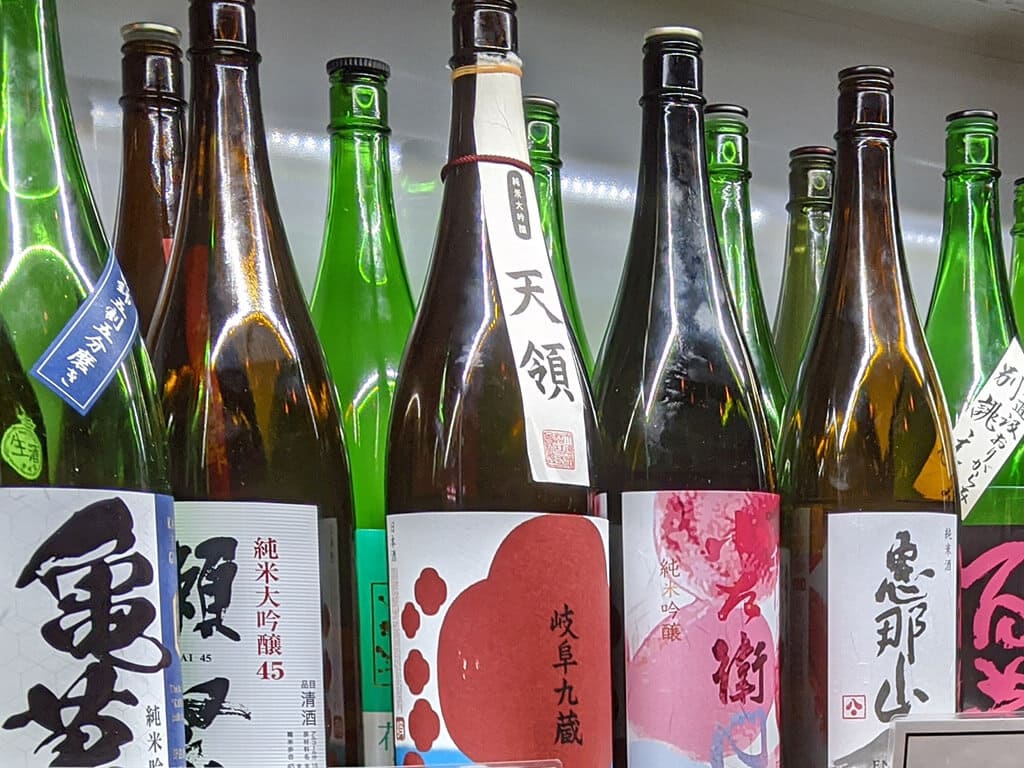
Aichi prefecture is blessed with a climate suitable for Sake brewing. That’s why a wide variety of Sake is elaborated here.
The water used for the Sake elaboration comes from three rivers: the Kiso River, Nagara River, and Ibi River. This naturally rich source contains a good balance of minerals favoring the growth and cultivation of high-quality Sake rice.
Moreover, Aichi’s Sake is characterized by the use of the most advanced fermentation and brewing techniques in Japan. The reason lies in its long tradition of producing soy sauce, miso, and vinegar. Therefore, the same techniques and expertise used for the fermentation of these products are also used in Sake brewing.
You can get a taste of Aichi Sake with our All-You-Can-Drink Sake Tasting Tour. On this tour, you will learn a lot more about Japan’s most famous drink while sampling a wide variety of different types of Sake in combination with delicious Izakaya foods. Tour details and booking here↓
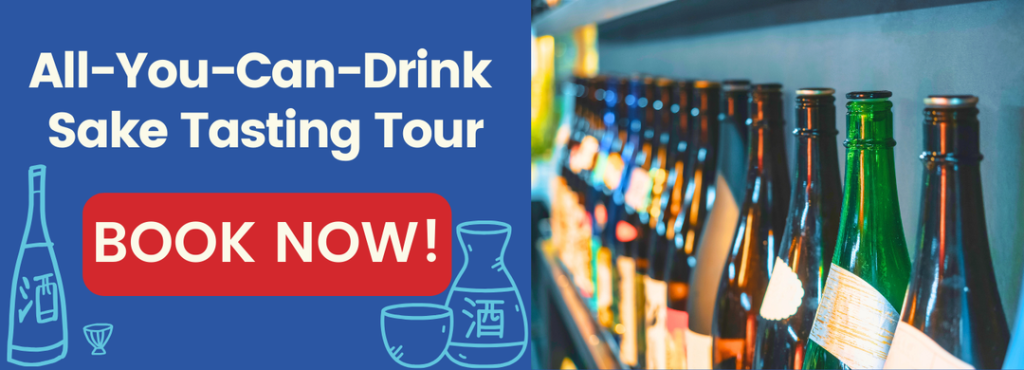
10 Best Sake In Aichi You Need To Know!
Many Sake brands in Aichi use only local rice and water, producing, as a result, high-class Sake such as Ginjo Sake and Junmai.
The Sake produced in Aichi has a high alcohol content and the Sake tastes so strong that it is known as “Demon Koroshi” or the Evil Killer.
But don’t be scared of that, not all the Sakes in this region are that strong. Actually, many are very easy to drink and suitable for beginners.
We have prepared a list of our top 10 best Aichi’s Sake and their respective breweries. Enjoy it and Kanpai!
If you want to find out what kind of Sake flavor profile suits you best, you can take this fun Sake quiz.
Houraisen Junmai Daiginjo
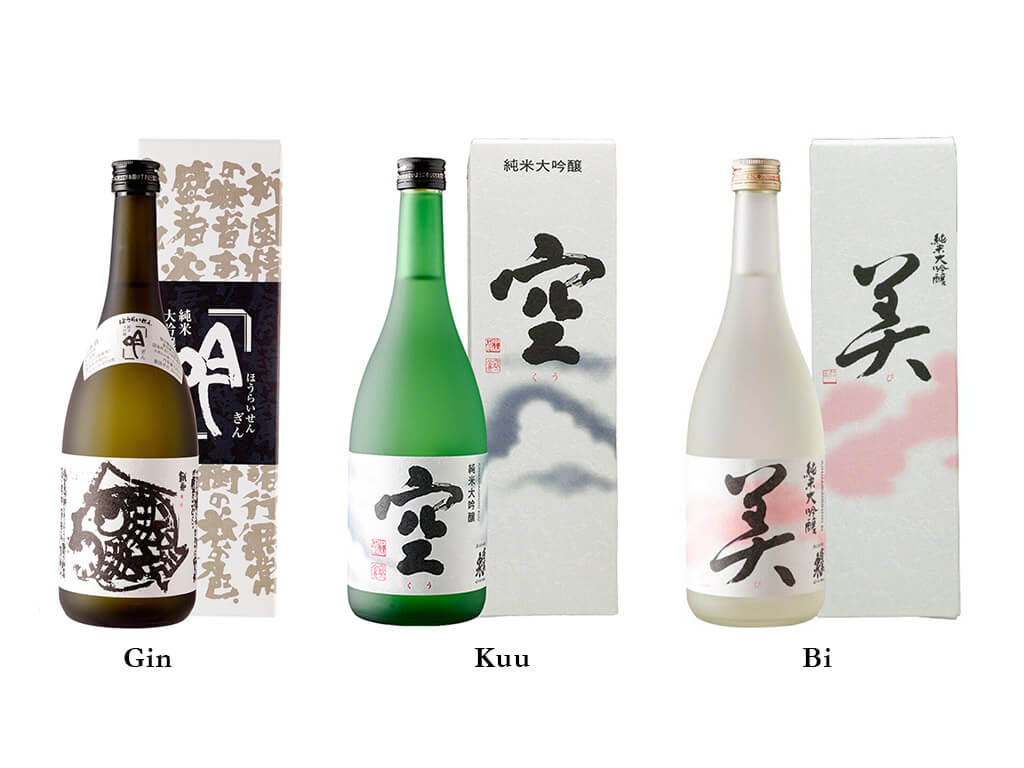
Horaisen, established in 1864, is a brewery located in Shitara-cho (Toyota) well-known for producing high-quality Junmai Daiginjo Sake. They are producing not only Sake but other Japanese alcoholic drinks like Shochu, also vodka, and liqueurs. “Gin,” “Kuu,” and “Bi” are their three sake labels.
– Houraisen Junmai Daiginjo Gin: Aged for around 3 years has an intense rice flavor.
– Houraisen Junmai Daiginjo Kuu: Mellow fruity scent, with a sweetness and light rice flavor.
– Houraisen Junmai Daiginjo Bi: It has a beautiful sweet and mild flavor. Great Sake perfect for beginners.
Houraisen Junmai Daiginjo (蓬莱泉 純米大吟醸)
Sake Brewery: Sekiya Brewery Co.,Ltd
Website | Buy it on Amazon
Kunpeki Junmai Ginjo Genshu Blue Label
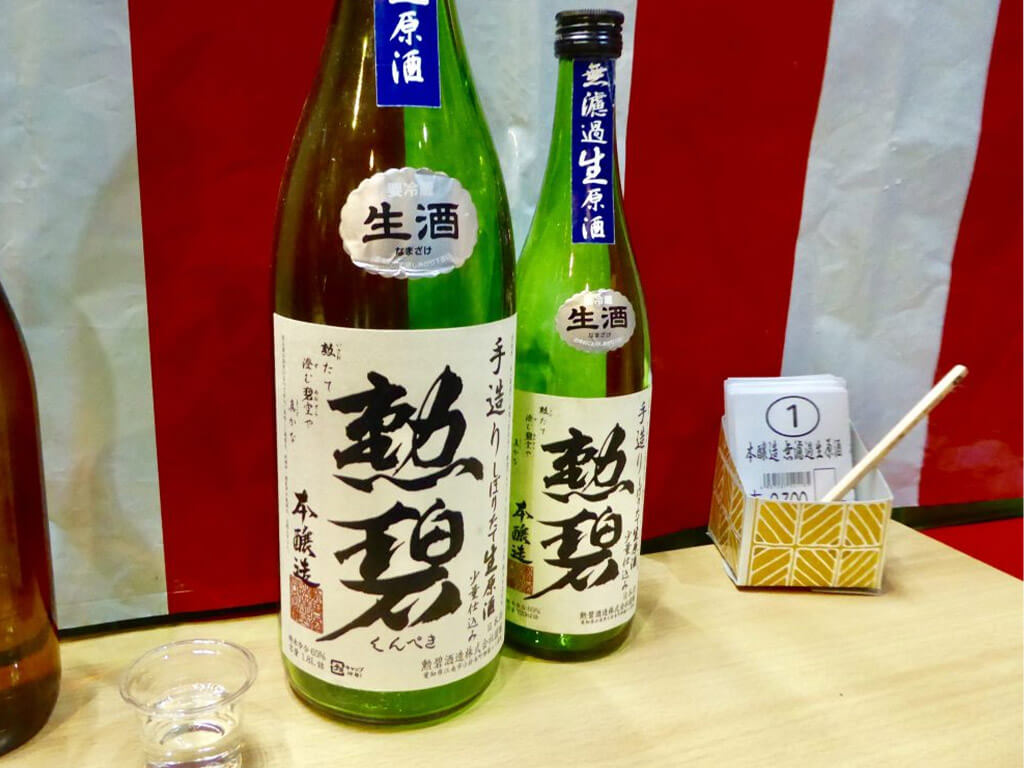
Established in 1915, Kunpeki Brewery produces excellent Sake by using the highest quality sake rice.
Even though they have an extense list of products, our favorite is Kunpeki Junmai Ginjo Genshu. This sake offers a fruity aroma and mellow taste. It has a well-balanced flavor profile, striking a harmony between sweetness and alcohol content.
Kunpeki Junmai Ginjo Genshu Blue Label(勲碧 純米吟醸原酒 ブルーラベル)
Sake Brewery: Kunpeki Brewery
Website (Japanese Only) | Buy it on Amazon
Oku Yumesansui Junmai Ginjo
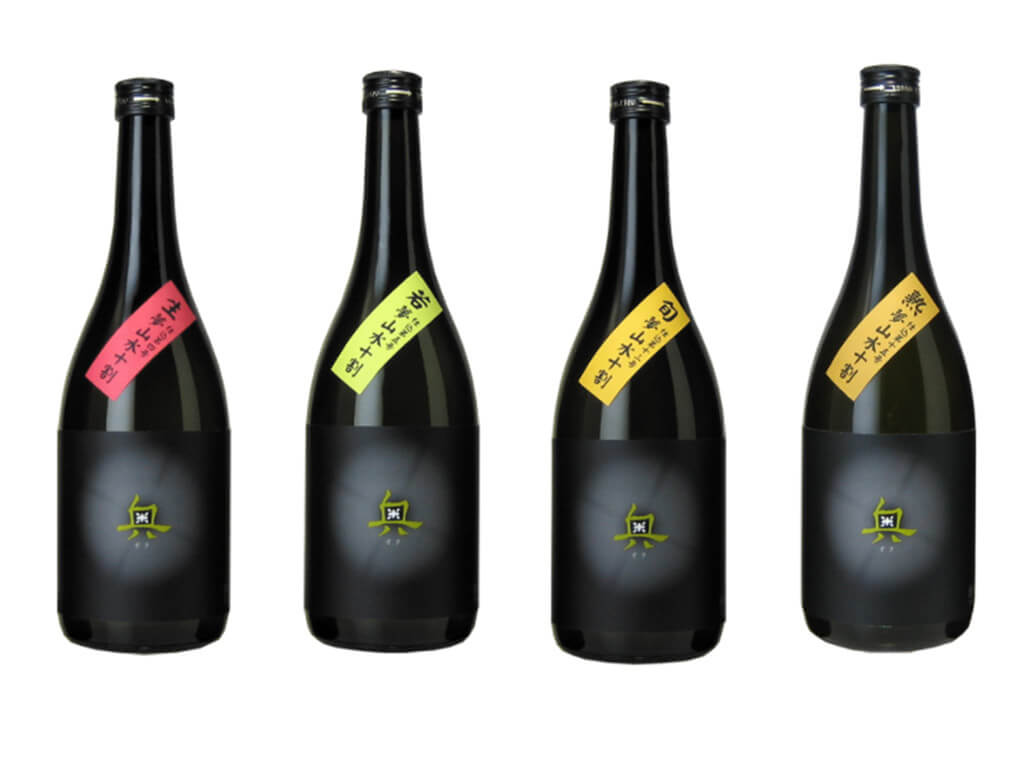
Sonnoh Brewery, located in Nishio – a city in Aichi well known for the Matcha green tea production-, crafts a very rare and limited Sake that has received many awards: Oku Yumesansui Junmai Ginjo.
This sake is characterized by a fascinating taste that combines elegance and richness.
Oku Yumesansui Junmai Ginjo (奥 夢山水 純米吟醸)
Sake Brewery: Sonnoh Brewery
Website (Japanese Only) | Buy it on Amazon
Hakurou Junmai Ginjo
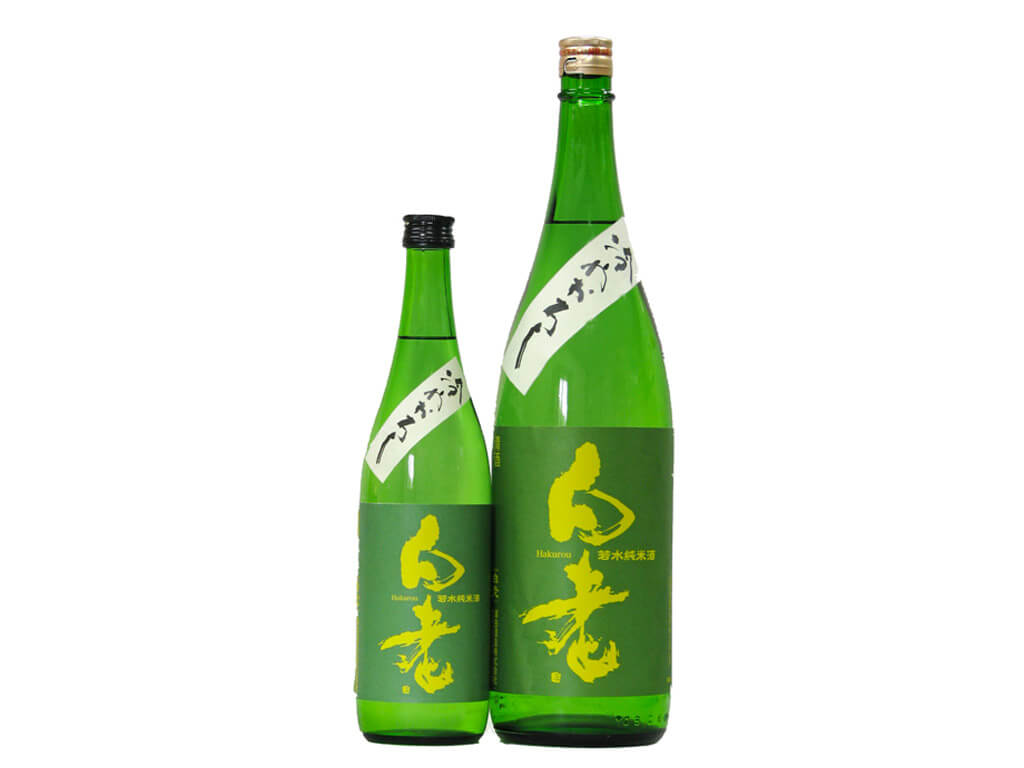
Sawada Brewery, located in Tokoname, has been employing traditional brewing methods for over 100 years to produce its award-winning sake called Hakuro. Hakuro is known for its sweet, heavy flavor with a smooth finish.
Hakurou Junmai Ginjo (白老純米吟醸)
Sake Brewery: Sawada Brewery
Website (Japanese only)
Kintora Daiginjo Nagoya Castle Hommaru Palace
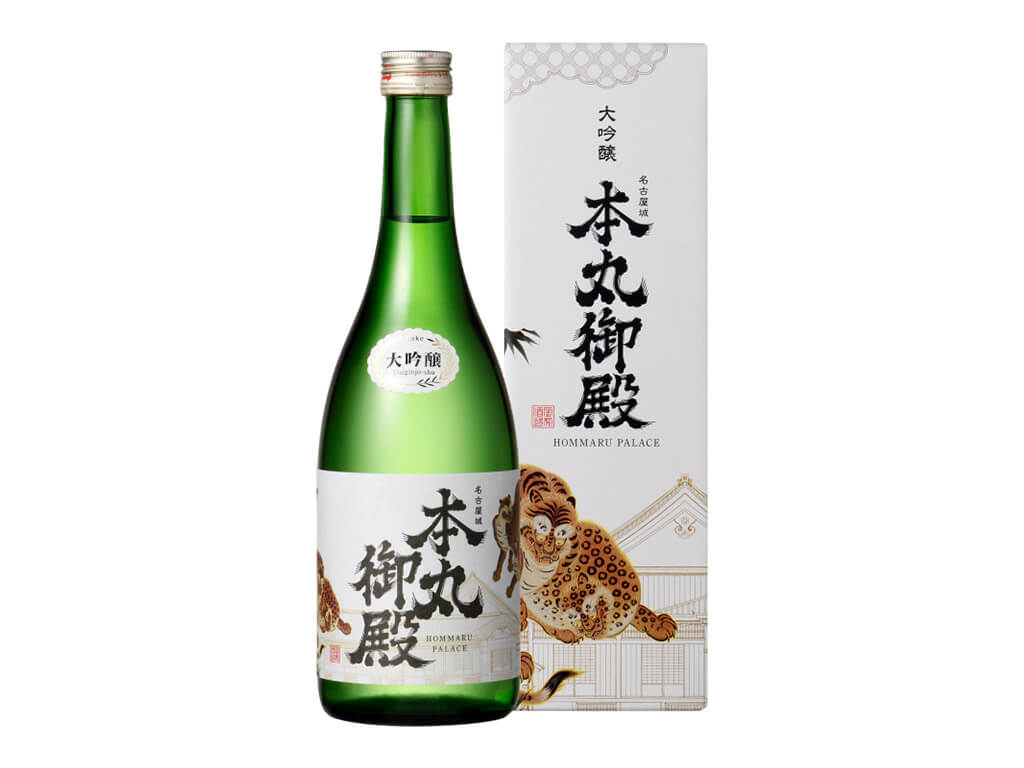
Kintora Brewery, located in Nagoya, produces the award-winning Daiginjo Nagoya Castle Hommaru Palace. It has a beautiful floral taste and a glossy smooth texture.
A part of the sales of this product has been donated to the Honmaru Goten Reserve Fund for the Nagoya Castle Honmaru Palace, destroyed during the World War in May 1945.
Kintora Daiginjo Nagoya Castle Hommaru Palace (大吟醸 名古屋城本丸御殿)
Sake Brewery: Kintora Co., Ltd.
Website (Japanese only)

Gahoujin Junmai Daiginjo
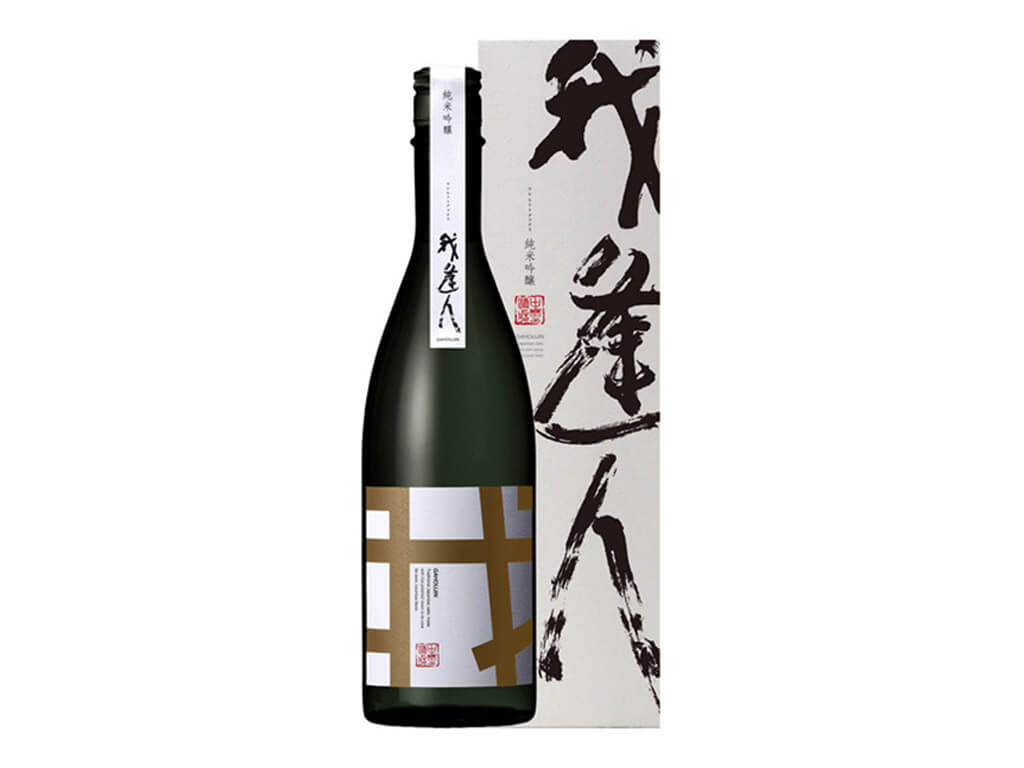
Nakano Sake Brewery Co., Ltd., located in Handa, is using “Yamada Nishiki”, a high-quality Sake-rice, with a rice-polishing method of 30%.
Gahoujin Junmai Daiginjo enhances the taste of rice itself with a hint of fruitiness.
Gahoujin Junmai Daiginjo(我逢人 純米吟醸)
Sake Brewery: Nakano Sake Brewery Co., Ltd.
Website | Buy it on Amazon
Yotte gozaru Ginjo
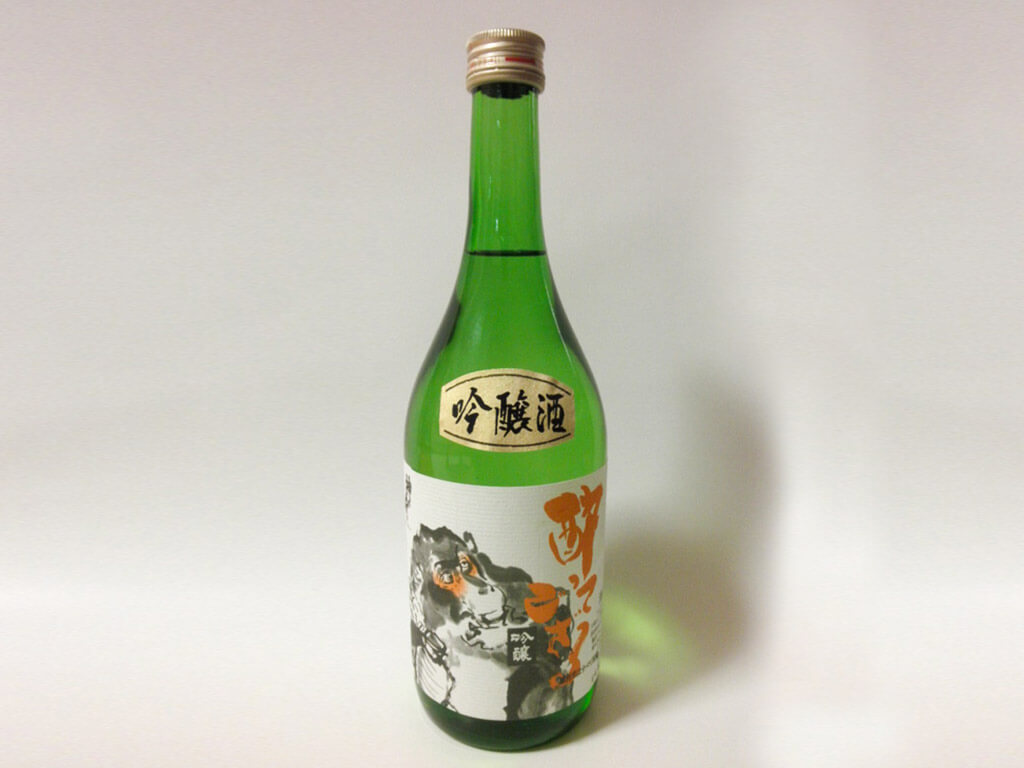
Kaminoi Sake Brewing, established in 1856, is located in Nagoya, in one of the oldest Sake breweries remaining in Aichi. Currently in its fifth generation of brewers, is producing around 25 types of Sake.
Among all those types, we recommend Yotte gozaru Ginjo, a dry Sake with a little sweetness.
Yotte gozaru Ginjo (酔ってござる吟醸)
Sake Brewery: Kaminoi Sake Brewing
Website (Japanese only) | Buy it on Amazon
Nito Omachi 55 Junmai Ginjo
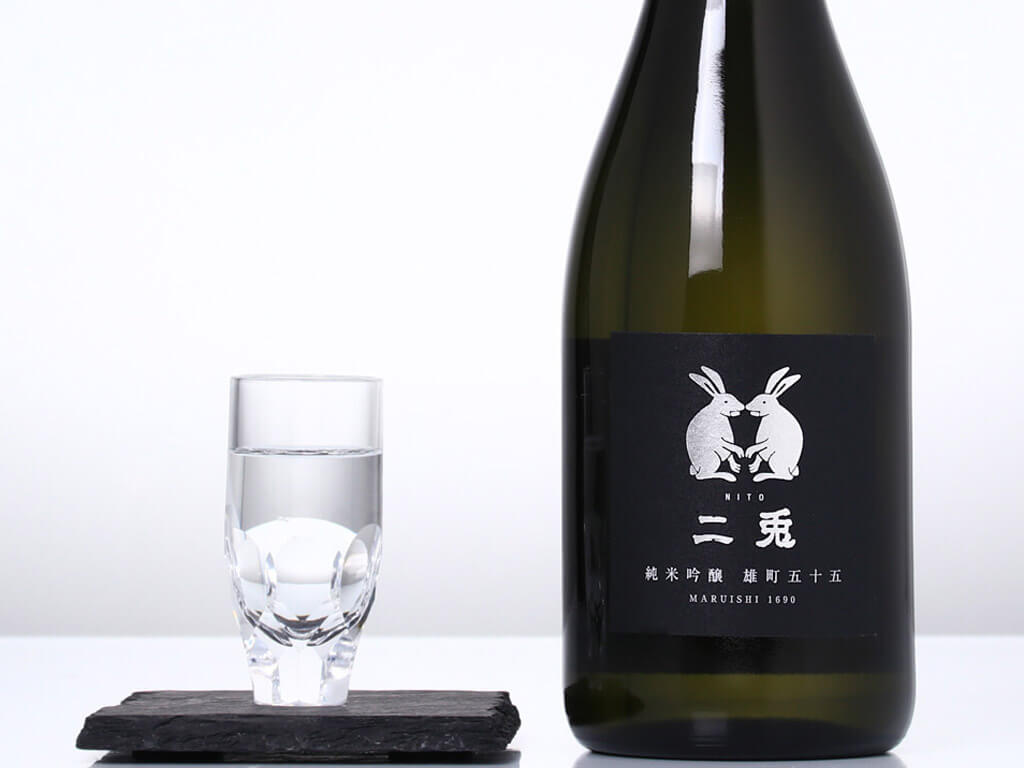
Maruishi Brewery, established in 1690, is located in Okazaki, surrounded by mountains, rivers, and history. Maruishi Brewery has been producing Sake for over 330 years.
This Junmai Ginjo Sake has a polished rice ratio of 55%. It offers the sweetness of tropical fruits with a pleasant acidity that appears alternately. It is a good balance of a full body that can be enjoyed alone or during meals.
Nito Omachi 55 Junmai Ginjo (二兎 純米吟醸 雄町 五十五)
Sake Brewery: Maruishi Brewery
Website | Buy it on Amazon
Azumaryu Junmaiginjo Ryunomai
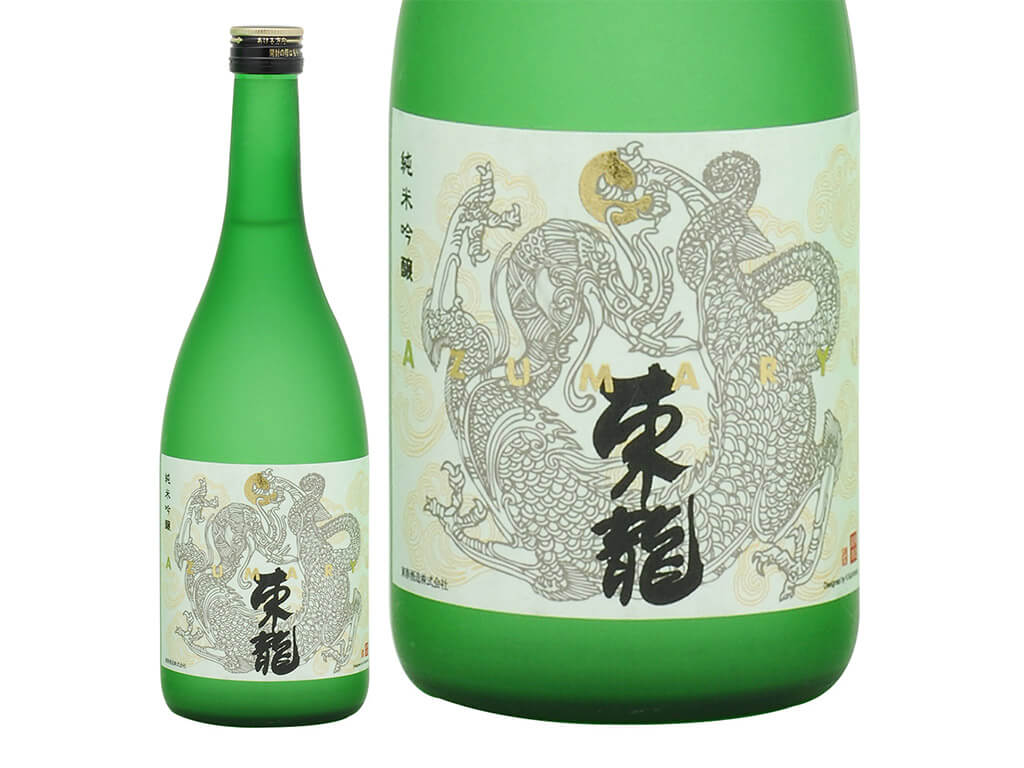
Toshun Brewery, established in 1865, is located in Nagoya. This brewery produces delicious hand-made Sake following traditional methods.
Its Sake is rich, crisp, and lively and it’s made using only 50% polished sake rice.
Azumaryu Junmaiginjo Ryunomai won the gold medal at the “Wine Glass Delicious Sake Award 2020”. It has a very good balance of deliciousness and sweetness, making it the perfect choice from late summer to autumn.
Azumaryu Junmaiginjo Ryunomai (東龍 純米吟醸 龍の舞)
Sake Brewery: Toshun Shuzo
Website | Buy it on Amazon
Kikutaka Junmai Kanazawa Yeast
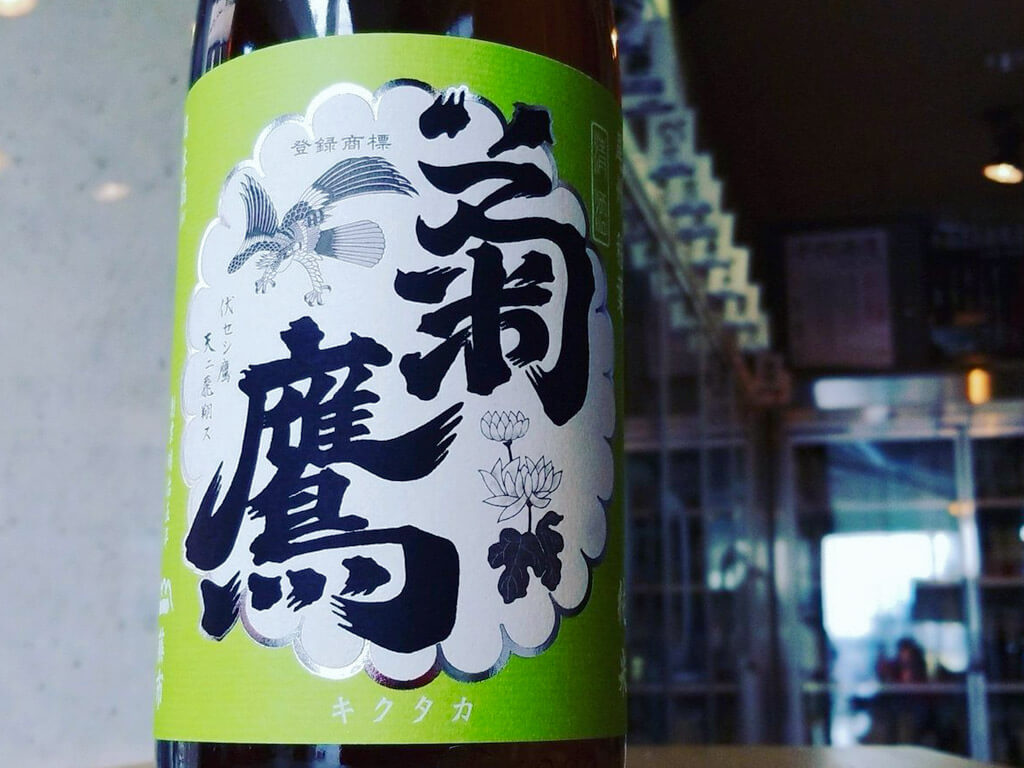
Fujishi Brewery, established in 1872, is located in Inazawa. The brewery originally started its business producing mirin (sweet Japanese cooking wine). Nowadays they still produce mirin and also other spirits such as Shochu and port wine.
Kikutaka Junmai is a raw type of Sake brewed using Kanazawa yeast, which contains lactic acid bacteria and undergoes lactic acid fermentation to raise the Sake mother during the brewing process. This Sake has a refreshing taste with a light acidity that makes it easy to drink.
Kikutaka Junmai Kanazawa Yeast (菊鷹 純米 金沢酵母)
Sake Brewery: Fujishi Brewery
Website (Japanese only)
Don’t forget, you can get a glimpse into the world of Sake with our very new All-You-Can-Drink Sake Tasting Tour. By joining this tour you, will learn a lot more about Japan’s most famous drink while sampling a wide variety of different types of Sake in combination with delicious Izakaya foods. Tour details and booking here↓

This post was last updated in February 2024.
Although we strive to provide you with the most accurate and up-to-date information possible, please note that changes may occur nonetheless. We recommend you confirm any relevant information such as event cancelations or changes, opening hours, or possible restrictions using a direct source. Please keep in mind that these sources might be in Japanese only.
Did you enjoy this article?
Make sure to also check out our other posts about Nagoya and trust us if we say Nagoya is not boring!
Follow us on Facebook for regular updates on Nagoya, and check our Instagram for pictures and stories about the city!
Tag us 📲
If you have tried any of the Sake above please share your experience and tag us on social media with #nagoyaisnotboring

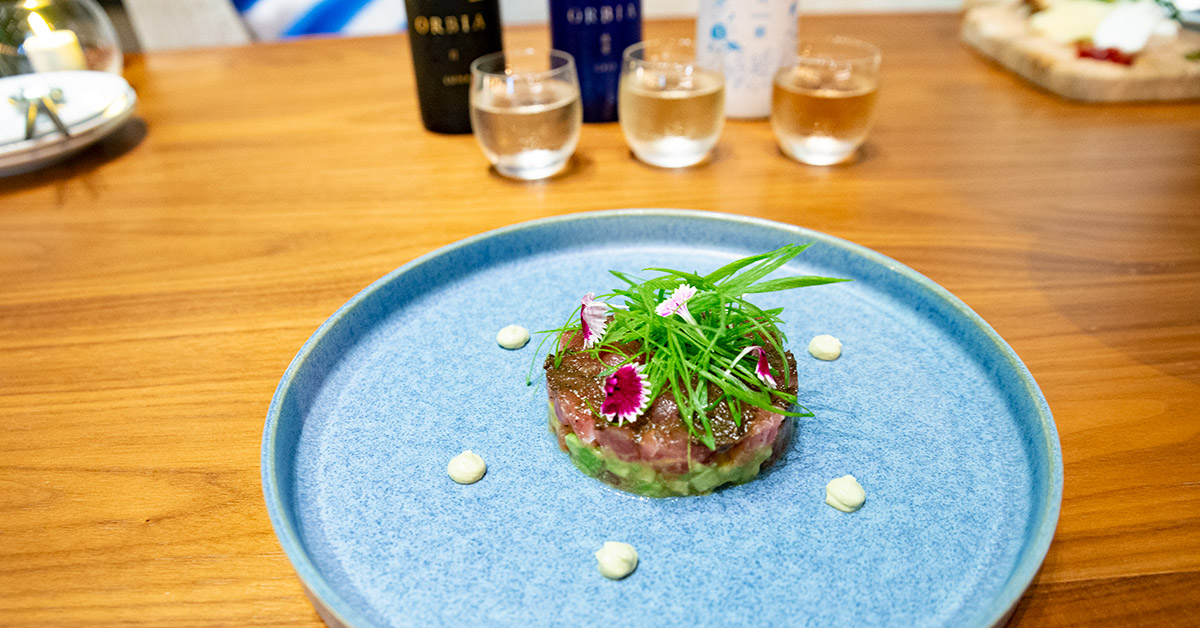


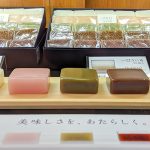
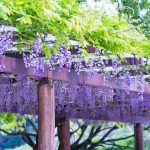
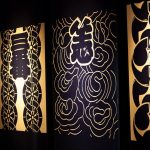
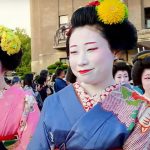

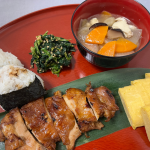
Hi Elisabeth,
I thoroughly enjoyed reading this review.
You are definitely a Sake connoisseur .
Last trip I discovered a Sake Village called
Fushimi Sake Village in Kyoto…..have you been ? My wide and I loved the entire experience.
My question is….do you know of any other similar villages/food courts in Japan.
Many thanks
Stuart
Hi Stuart,
Thanks so much for reading and for your kind words! I’m thrilled you enjoyed the review.
I haven’t been to the Fushimi Sake Village yet, but it’s definitely on my list. If you’re looking for similar experiences, one place I’d recommend is the Saijo Sake District in Hiroshima, where you can visit several breweries clustered close together.
Also, if you’re planning to spend time in the Aichi region, consider exploring the breweries in Handa, located on the Chita Peninsula near Nagoya.
I hope this helps you find some new places to explore. Feel free to reach out if you have any other questions.
Cheers,
Elisabeth